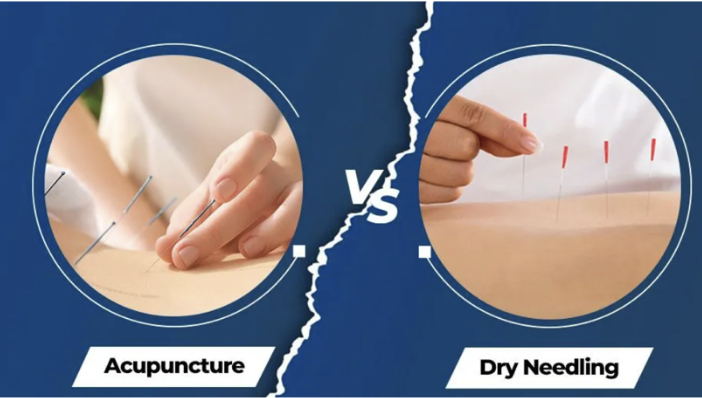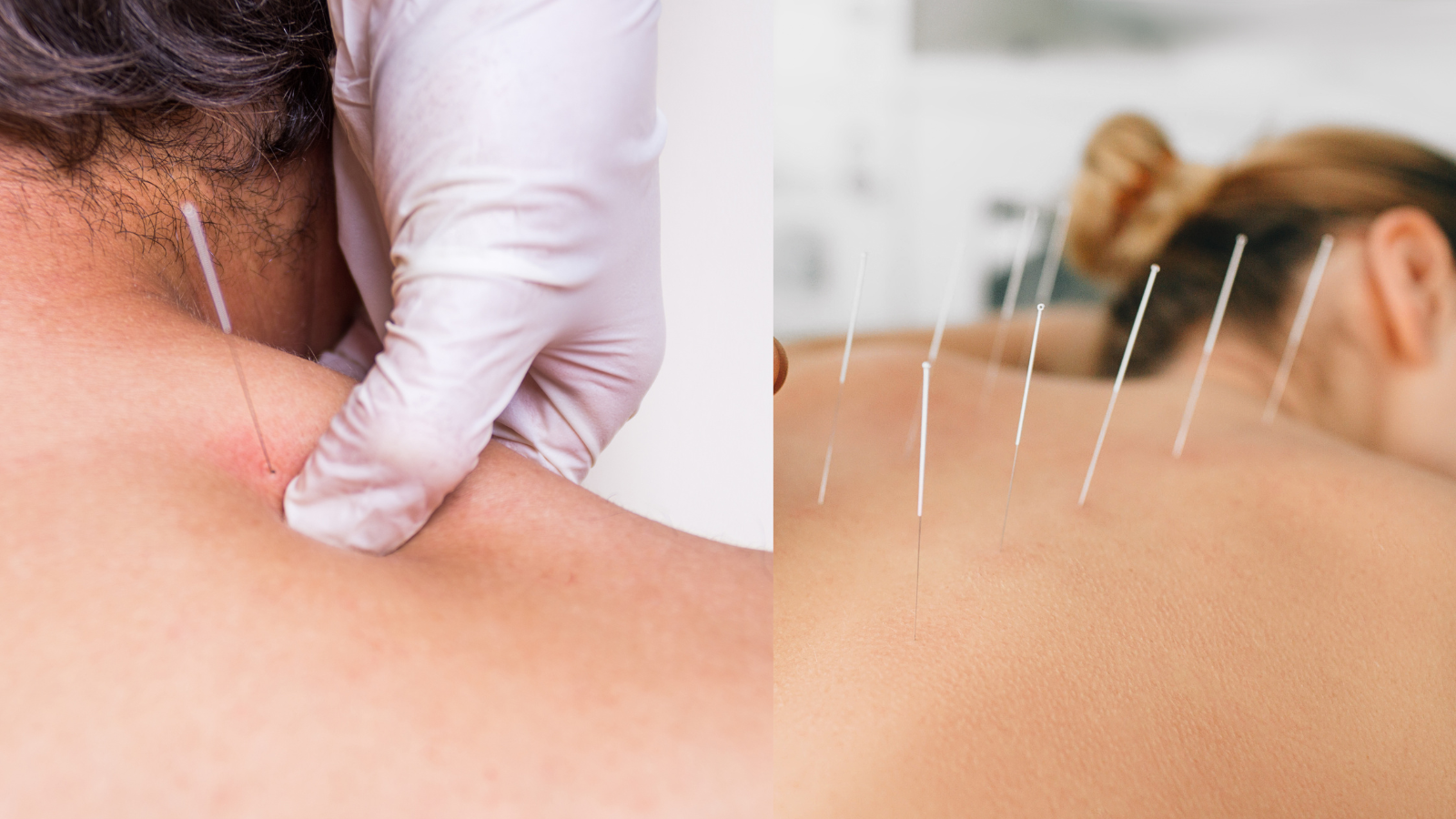Is Dry Needling and Acupuncture the Same Thing?
POSTED: 24 Feb, 2024
In the field of physiotherapy, two needling methods often come up – Dry Needling and Acupuncture. These two techniques might both involve needles, but they differ in their origins, goals, and uses. Let’s explore the differences more in-depth.

Dry Needling
This method includes penetrating the skin with needles that are aimed at altered or dysfunctional tissue. It’s regularly used to needle muscle trigger points to achieve reflexive muscle relaxation.
Western Acupuncture
This technique adopts traditional needling meridians and trigger points but is adapted to Western anatomy. It aims to create local tissue changes, as well as effects in the spine and brain to provide pain relief and improve muscle function. However, Western acupuncture is not seen as a traditional Chinese medicine practice.
Traditional Acupuncture
This practice finds its roots in traditional Chinese medicine. It includes the use of meridian lines and points that are based on traditional evaluation methods.
Safety Standards
Physiotherapists who are trained in either acupuncture or dry needling adhere to safety standards. These standards are regulated by the Australian Health Practitioners Regulatory Agency and Physiotherapy Registration Board. They include mandatory training levels, registration, and safety measures for the protection of the public.
Side Effects
- Minor side effects can include pain, bleeding, or bruising from the needle insertion (common).
- Major adverse events such as pneumothorax or excessive bleeding are rare.
- Escape the dizzying disturbances of vertigo and reclaim your life with the assistance of our team of expert physiotherapists. We are here to guide you towards improved balance and a life free of symptoms.
Contact our Team
Now that you have gauged an understanding of dry needling and Acupuncture, Schedule your personalized pain relief session today. Join us in a collaborative effort to discover your balance and envision a life without dizziness.
| Aspect | Dry Needling | Western Acupuncture | Traditional Acupuncture | Safety Standards | Side effects |
| Definition | Involves needling altered or dysfunctional tissue. | Uses traditional meridians and trigger points adapted to Western anatomy. | Rooted in traditional Chinese medicine with meridian lines. | Regulated by Australian Health Practitioners Regulatory Agency and Physiotherapy Registration Board. | Minor: Pain, bleeding, or bruising from needle insertion (common). |
| Purpose | Targets muscle trigger points for reflexive relaxation. | Aims for local tissue changes, spinal, and brain effects for pain relief and muscle function. | Focuses on traditional Chinese medicine assessment methods. | Ensures required training levels, registration, and safety measures for public protection. | Major: Rare (e.g., pneumothorax, excessive bleeding). |
| Approach | Primarily addresses altered or dysfunctional tissue. | Combines traditional needling with Western anatomy understanding. | Rooted in traditional Chinese medicine principles. | Adheres to safety standards within the physiotherapy scope by regulatory bodies. | |
| View in Medicine/ health care | Considered a physiotherapy intervention. | Not considered traditional Chinese medicine. | Grounded in traditional Chinese medicine philosophy. | Recognized as a legitimate practice within physiotherapy scope. |
References
- Hing, W., & McCutcheon, L. (2022). Physio ‘dry needling’ and acupuncture – what’s the difference and what does the evidence say? In Daily Maverick. Daily Maverick.
Recent News
-
Knee and ACL Injuries
Knee and ACL Injuries Knee injuries, including anterior cruciate ligament (ACL) tears, are prevalent in the athletic community, necessitating a proac...
-
Pelvic Girdle Pain in Pregnancy
🌸 Embrace Every Step of Your Pregnancy Journey with Comfort and Confidence! 🌸 Pregnancy is a miraculous chapter in a woman's life, marked by th...
-
Management strategies for Acute Low back pain
Acute Low back pain Back pain is a widespread and often frustrating experience that can impact people across various lifestyles. Understanding the tr...
